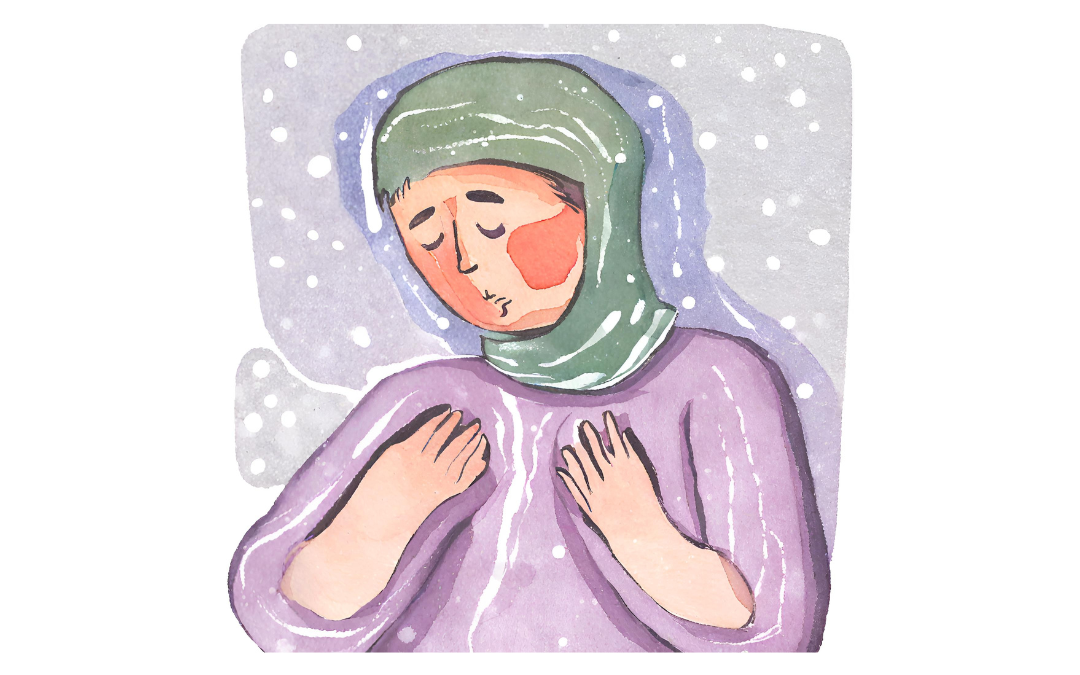Dysesthesia, a term derived from Greek roots meaning “abnormal sensation,” is a neurological phenomenon characterized by unpleasant, abnormal sensations that are experienced in response to stimuli that would not normally provoke such sensations. It can manifest in various forms, including tingling, burning, numbness, itching, and electric shock-like sensations. Dysesthesia often occurs because of neurological conditions, such as stroke, and can significantly impact an individual’s quality of life.
Stroke, on the other hand, is a medical emergency that occurs when blood flow to a part of the brain is interrupted or reduced, leading to damage of brain cells due to lack of oxygen and nutrients. Stroke can result in a wide range of symptoms, including motor impairment, speech difficulties, cognitive deficits, and sensory abnormalities like dysesthesia.
Understanding Dysesthesia After Stroke:
Dysesthesia commonly occurs in individuals who have suffered a stroke, particularly those with damage to the sensory pathways in the brain. The exact mechanisms underlying dysesthesia post-stroke are complex and not entirely understood, but it is believed to involve disruptions in the transmission of sensory signals within the nervous system.
Stroke can damage areas of the brain responsible for processing sensory information, such as the somatosensory cortex and thalamus. When these regions are affected, they may misinterpret sensory input, leading to the perception of abnormal sensations. Additionally, damage to nerve fibers or alterations in neurotransmitter levels following a stroke can contribute to the development of dysesthesia.
Types of Dysesthesias After Stroke:
The types of dysesthesias experienced after a stroke can vary depending on the location and extent of brain damage. Some individuals may experience sensations of tingling or numbness in specific areas of the body, while others may describe more intense sensations such as burning or electric shocks. Dysesthesia may also be accompanied by other sensory disturbances, such as heightened sensitivity to touch or temperature changes.
Management and Treatment:
Managing dysesthesia after a stroke can be challenging, as there is no one-size-fits-all approach. Treatment strategies often focus on addressing the underlying cause of the abnormal sensations and alleviating discomfort. This may involve a combination of pharmacological interventions, physical therapy, and lifestyle modifications.
Medications such as anticonvulsants, antidepressants, and neuropathic pain medications may be prescribed to help manage neuropathic pain and sensory abnormalities associated with dysesthesia. Physical therapy techniques, such as sensory re-education and desensitization exercises, can help improve sensory function and reduce the intensity of abnormal sensations.
In addition to medical interventions, lifestyle modifications such as maintaining a healthy diet, engaging in regular exercise, and practicing stress-reduction techniques can also play a role in managing dysesthesia symptoms. It is essential for individuals experiencing dysesthesia after a stroke to work closely with healthcare professionals to develop a comprehensive treatment plan tailored to their specific needs and goals.
Conclusion:
Dysesthesia is a common neurological symptom experienced by individuals following a stroke, often resulting from damage to sensory pathways in the brain. While managing dysesthesia can be challenging, various treatment strategies exist to help alleviate discomfort and improve quality of life. By working closely with healthcare professionals and implementing targeted interventions, individuals can effectively manage dysesthesia symptoms and regain function in daily activities.
These articles, crafted by LeeAnn Seung Walton with insights from medical resources and ChatGPT, serve as a valuable reference guide. While these materials provide useful information, it’s crucial to consult your doctor for any additional questions or concerns.

